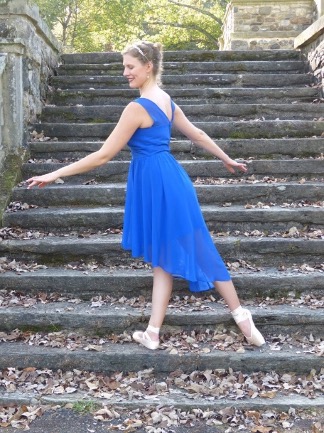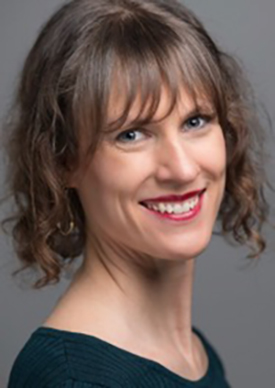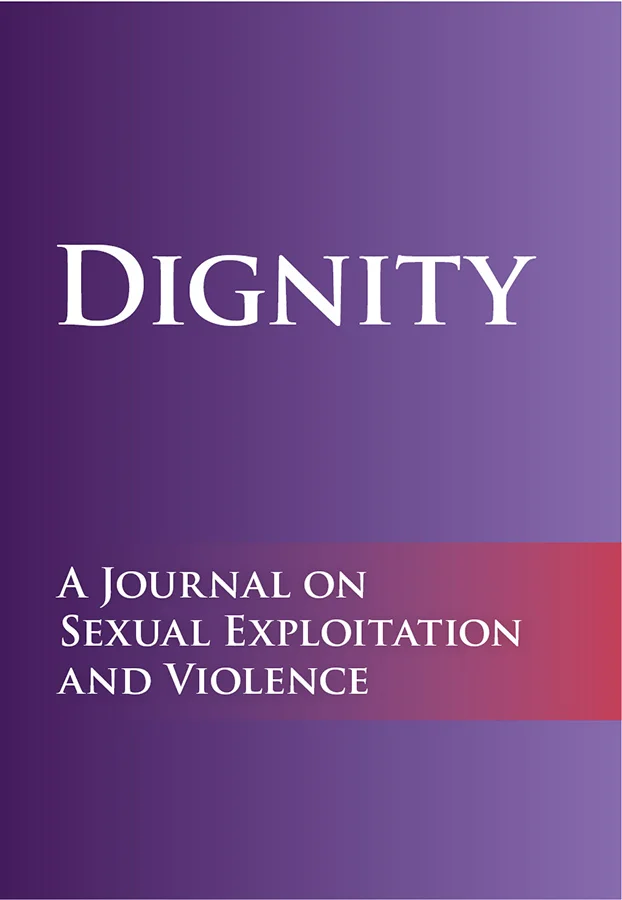Standing backstage, I hear the murmuring voices of the audience as they settle into their seats. My costume is on, my make-up and hair are glistening and I wait for the opening notes of the music to play. Butterflies float around in my stomach and continue to get faster until I step on stage. The lights are bright and I can’t fully see who is watching, but as I begin to move, the butterflies float away and the music and movement envelops my mind. From a simple glissade to a challenging fouetté, I feel as though I’m giving my heart to the audience and allowing them to step away from the stress in their lives and experience the beauty and power of dance.
As someone who both enjoys performing, creating productions, and attending performances, I have seen and felt the power of dance to transform hearts and minds. Dance is an art form that relies on the human body to communicate emotion and tell stories, and the human body is a powerful tool for this communication.

Sadly, many times I’ve seen the human body exploited in the name of entertainment. Under the guise of empowerment, dancers of all ages have taken to the stage wearing hypersexualized costumes and moving in ways that used to be relegated to stages only in unsavory locations.
Of all the possibilities for dance movements that can be used in performance, to me, the fact that hypersexualized choreography is the most popular for music videos, dance teams, and competition pieces shows a sad lack of creativity within the world of dance artists. At this point in my career, I work primarily as a choreographer and can understand how it is tempting to give in when it comes to sexualized movement; after all, a shimmy and some hip rolls can fill up an 8 count easily and it gets all the cheers. Creating choreography that primarily showcases the body as a sexual object is incredibly easy. But as choreographers and teachers and artists, I strongly believe we are not only harming dancers by boxing in our movement choices to overtly sexual phrases, but we are also doing a disservice to our art form when we stay within this limited genre.
In 2018 I started an arts nonprofit, and at our organization I run a professional dance company. Our work is primarily contemporary ballet, and as the choreographer I have found myself with what I describe as a call to create beauty. There are a lot of hurtful and hard things in the world and instead of creating exploitive entertainment to gloss over the difficulties, I try to use my artistry to create something that is beautiful to process through the pain. Sometimes that
means the production is lighthearted and filled with joy, and other times it means the choreography uses movements that contain beauty to express brokenness.

Having a professional company that is committed to avoiding hypersexualized costuming and choreography is not always easy but I am passionate about creating art that does not need the sensation and shock that comes with that genre of movement, but instead adds something of beauty and strength into the world.
Regardless of whether you are a teacher, choreographer, student, or parent, allow me to encourage you to join this call to create beauty. Instead of demeaning the human form by performing or creating pieces relinquishing the body to a sex object, be verbal about the need to have dance rise above the trend of hypersexualization. Let’s rally for this art form and the education of all dancers to include the vast array of powerful, strong, and beautiful movements within each technique. While it might not be the trendy choice to make now, it is a choice that ensures dance has a future that is not harmful to participants and viewers, but allows them to experience the beauty and strength of the human form.
 Bio: Melody Mendoza is from West Chester, Pennsylvania and is the Artistic & Executive Director of Glorify Performing Arts and the choreographer for their resident ballet company, Glorify Dance Theatre. She trained as a child with Edmond Novak (Ballet Russe De Monte Carlo) and continued her training in dance through college, where she studied with Eileen Houghton-Hebron (American Ballet Theatre) at Palm Beach Atlantic University. Ms. Mendoza holds a BA in Dance and is certified in American Ballet Theatre’s National Training Curriculum Pre-Primary-Level 5, as well as Progressing Ballet Technique.
Bio: Melody Mendoza is from West Chester, Pennsylvania and is the Artistic & Executive Director of Glorify Performing Arts and the choreographer for their resident ballet company, Glorify Dance Theatre. She trained as a child with Edmond Novak (Ballet Russe De Monte Carlo) and continued her training in dance through college, where she studied with Eileen Houghton-Hebron (American Ballet Theatre) at Palm Beach Atlantic University. Ms. Mendoza holds a BA in Dance and is certified in American Ballet Theatre’s National Training Curriculum Pre-Primary-Level 5, as well as Progressing Ballet Technique.



